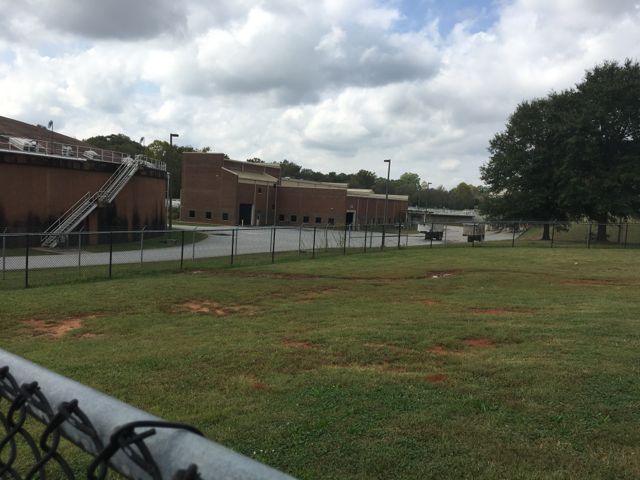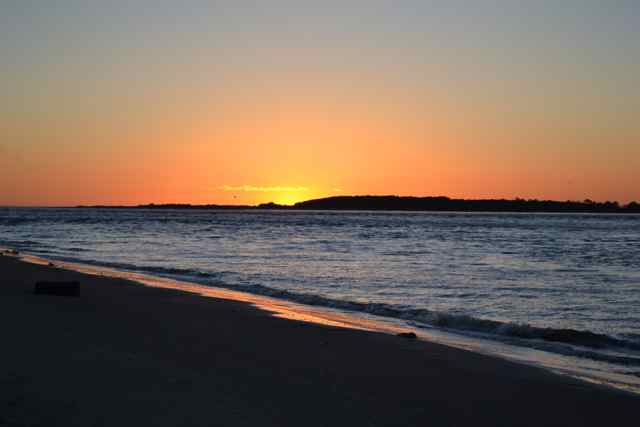There were four crossings along the twenty miles of county highway between Greenville and Spartanburg. Enoree, South Tyger, Middle Tyger, and North Tyger: all rivers flowing together to form one. River of the Carolinas, as Henry Savage Jr. had named it in his book about the Santee River, containing a watershed encompassing a sizable chunk of both South and North Carolina. Dams small and great have transformed this once great river.
I visited one of the small dams, built of stone in the 1870’s on the Enoree River to power a textile mill. I had searched for public river accesses along any of these four tributaries of the Santee, and found this park on the county line defined by the Enoree. The place had two very different attractions: a public dog park, and the site of a historic textile mill, in fact the first built in Greenville County, in 1820. Interesting features were a mortared stone dam, the mill office building, and detailed signage telling the story of the site’s mill history spanning 1820 to 1935.
Adjacent to the park was a plant operated by Renewable Water Resources (ReWa) which provides wastewater treatment in the Upstate. So past and present uses for this site on a branch of the Santee River were evident: accessing drinking water, dumping of human wastes, recreation, and the powering of the textile industry. The tamed waters of the river’s many tributaries allowed for removal of industrial wastes, flood control, electricity generation, and cooling of nuclear reactors.
So past and present uses for this site on a branch of the Santee River were evident: accessing drinking water, dumping of human wastes, recreation, and the powering of the textile industry. The tamed waters of the river’s many tributaries allowed for removal of industrial wastes, flood control, electricity generation, and cooling of nuclear reactors.
Back in the 1970’s I discovered the wonders of the Appalachians via hiking and backpacking at Linville Gorge, and it was a revelation to find a few years ago that the Linville River was part of the great Santee system. On a recent trip to Asheville and then Winston Salem, we drove over the continental divide and noted the crossings of subsequent Santee tributaries: Green, Broad, South Fork Catawba, and Catawba Rivers. Elsewhere branches resonate with other labels – Saluda, Reedy, Pacolet, Wateree, Congaree. It is very much a river of many names. And though a river diminished by multiple dams, the final miles of its reduced flow is the rich world of the Santee Delta.



Interesting tidbits of history. And many uses of these waters!
An Amazon of history throughout the Santee.
Looking at the old maps of SC, one can see how every lake has been man made. It is an interesting how things have evolved. Thanks for the post!
Yes dams everywhere on the Santee. Archibald Rutledge, in an article in Field and Stream declined to consider the wisdom of building of Lakes Moutrie and Marion, yet the piece was titled “Dam Everything”.
As always, I learn a lot from your posts! VERY interesting.. G
Ginny, we both are life long learners, so let’s keep it up.
I loved reading this- thank you for sharing it Bob. I can’t help to brood a bit over our blind arrogance to think we could dam up rivers with no price to pay.
The damming of the Santee has not been as high profile as the Colorado, but certainly significant. I wonder if the same project (creation of Lake Moultrie) was proposed in 2017 what the outcome would be.